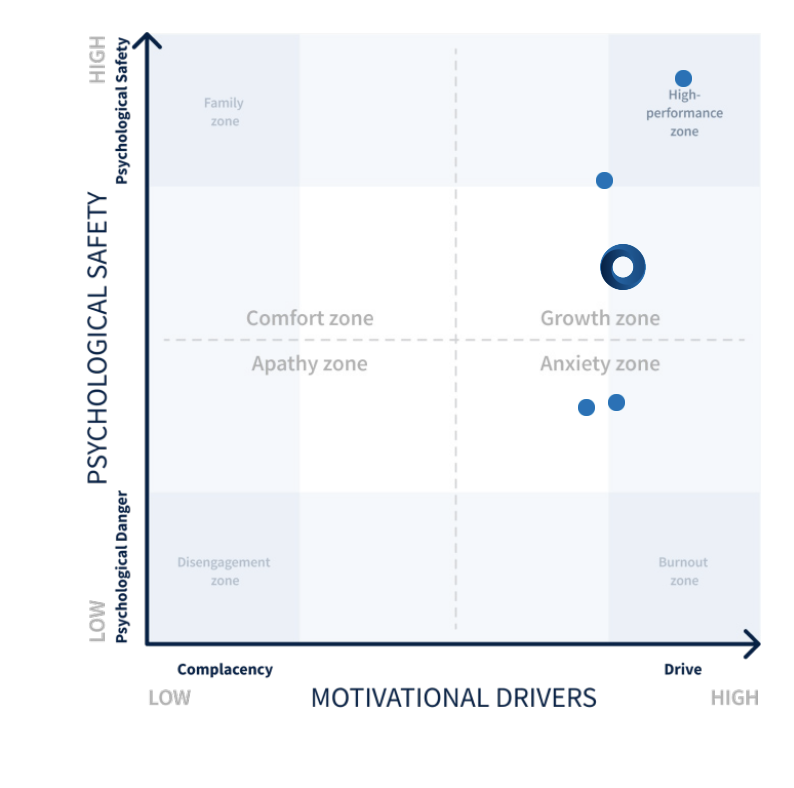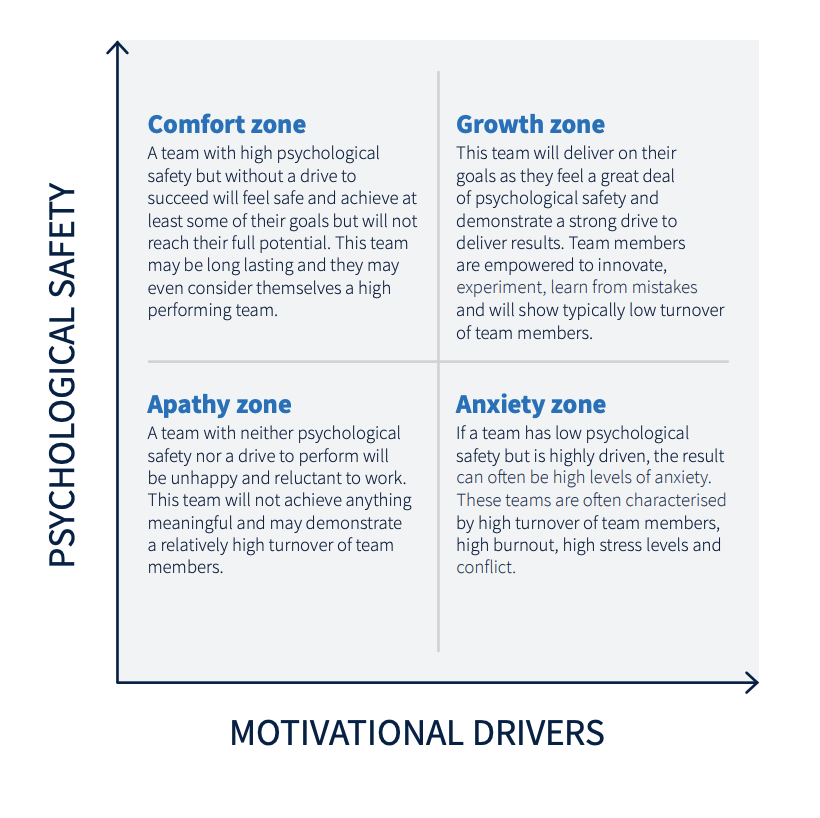 Columinate Intercultural Facilitator Darin Short has worked with a range of diversity, equity, and inclusion (DEI) committees, task forces, and teams across many sectors. Darin recently led a workshop, “Why Some Diversity Teams Succeed While Others Do Not” at the Thought Leadership conference in Elkhart, Indiana, in May.
Columinate Intercultural Facilitator Darin Short has worked with a range of diversity, equity, and inclusion (DEI) committees, task forces, and teams across many sectors. Darin recently led a workshop, “Why Some Diversity Teams Succeed While Others Do Not” at the Thought Leadership conference in Elkhart, Indiana, in May.
“No matter what setting you’re in, DEI is an emotional topic,” says Short. “We need to create safe spaces where people can express their emotions and can say exactly what they need to say with respect for the collective goal.”
The workshop was attended by a range of participants from the education, non-profit, and business communities, including an elementary school principal, a political science professor from IUSB, and representatives from a department store chain. All were focused on learning how they can launch their DEI team successfully and create a strong foundation for sustained work.
Creating Shared Expectations
Darin says that when groups come together, many are excited to dive in and get to work. “What they quickly realize is how different the expectations are within the team. Oftentimes, people expect there is a shared goal, but they discover those expectations aren‘t shared.”
When getting started, Darin recommends creating a statement of purpose and statement of commitment. “After that, we can start to think about strategy, plans, goals, and outcomes. Those steps can’t come until we have this foundation first, though.”
To create these statements, Darin facilitates conversations among participants, where they can share their own experiences of inclusion and exclusion.
Helpful questions to ask:
-
What do you want to achieve in this group?
-
When have you felt included? What were the conditions that made you feel that way?
-
When have you felt excluded? What were the conditions that caused you to feel excluded?
“Having all these conversations about their personal experiences—all that leads into their purpose and their why. It makes room for people to think about their own why and whether their why connects with the team‘s why.”
A DEI team needs to constantly be reminding themselves of their “why.”
“This is their purpose and their commitment to each other,” says Short. “They lose that sense of camaraderie when they don’t talk about the why or the purpose. Some workshop participants definitely had that “aha” moment with this idea. When you create and sign that commitment, there‘s so much more to your group than just what you do.”
Psychological Safety and Motivation
In order to have these conversations around inclusion, Darin emphasized the need for creating a psychologically safe environment. An important component of making a psychologically safe space is ensuring participants know that when their differences come up, they won‘t feel attacked.
“People need to be able to say something if they see something they have concerns about,” says Short. “Unfortunately, many people have their ideas rejected when they’re trying to put ideas out there, and when they don‘t feel safe they take this rejection very hard. This might cause them to remain quiet going forward, or the individuals involved to have an argument that does not get resolved, and in the worst-case scenario for the rejected person to leave the group.”
This is where collective accountability—based on that foundation statement of purpose and commitment—is key.
“This allows the rejected person to feel supported by the group, while at the same time allowing the other individual to feel both accountability to and support from the collective whole,” says Short.
To set expectations for their work, Darin recommends teams agree to shared principles of engagement as well as to a statement of commitment, which each team member signs.
“I think it‘s important for people to make a commitment to each other. I have people sign a statement of commitment. It‘s easier to hold someone accountable if we all sign that. Then, if I disagree with something someone has said or done, I will first seek to understand versus criticize, while also being respectfully direct about my disagreement.”
Darin says this allows people to bring up their hurt because there have been explicit conversations about how they are going to participate in the group.
Evaluating the Group Environment
Darin is also a certified facilitator of the Growth Zone Assessment, a survey that helps leaders gauge feelings of safety and motivation within a group.
“The growth zone assessment reveals what your group needs to work on, and it reveals what you don’t,” says Short. “If everyone is in a ‘comfort zone‘, such as feeling safe but not motivated, then the work needs to focus on fostering accountability, autonomy, and alignment of individuals‘ purposes with the collective purpose.”
Darin explains, by contrast, that if more people feel motivated but not safe, then the group needs to think about how they can create a safe environment.
“We can achieve this by having some open, tough conversations and setting expectations for safety,” says Short. “Without having both a sense of safety and a motivated team, growth will not happen, or it will be limited at best. There are some practical, nuts-and-bolts things you can do to help your team meet your goals, but I really emphasize the need for safety, motivation, and diversity of personality and culture.”
Visit Darin’s consultant page for more information about his work. He can be reached at darinshort@columinate.coop
Have more questions?
Get in touch with one of our consultants.


